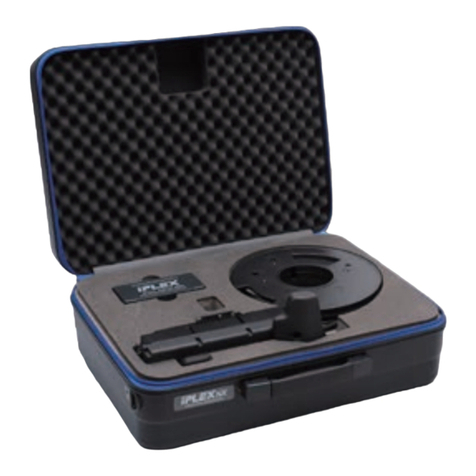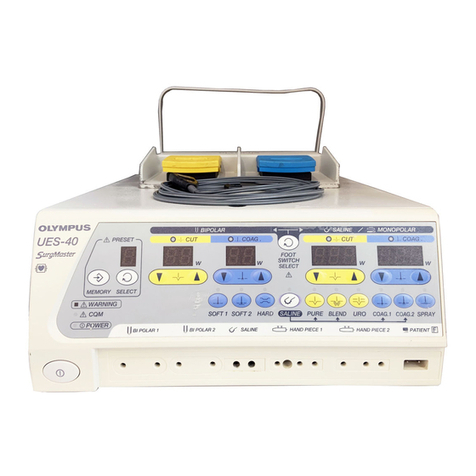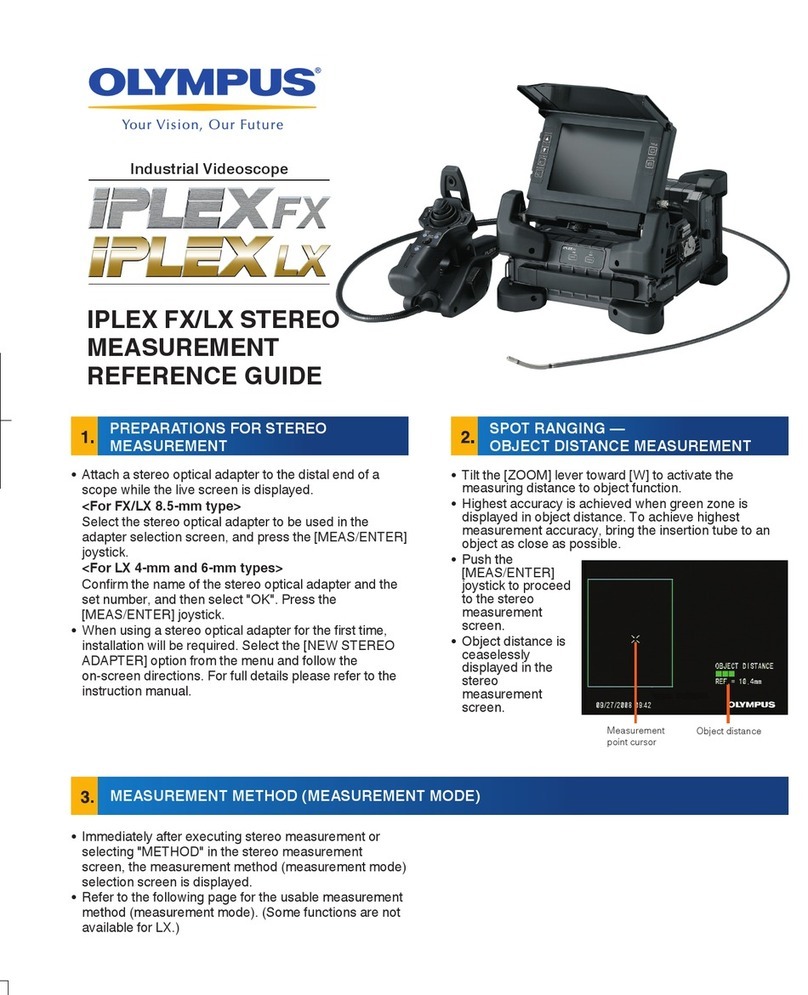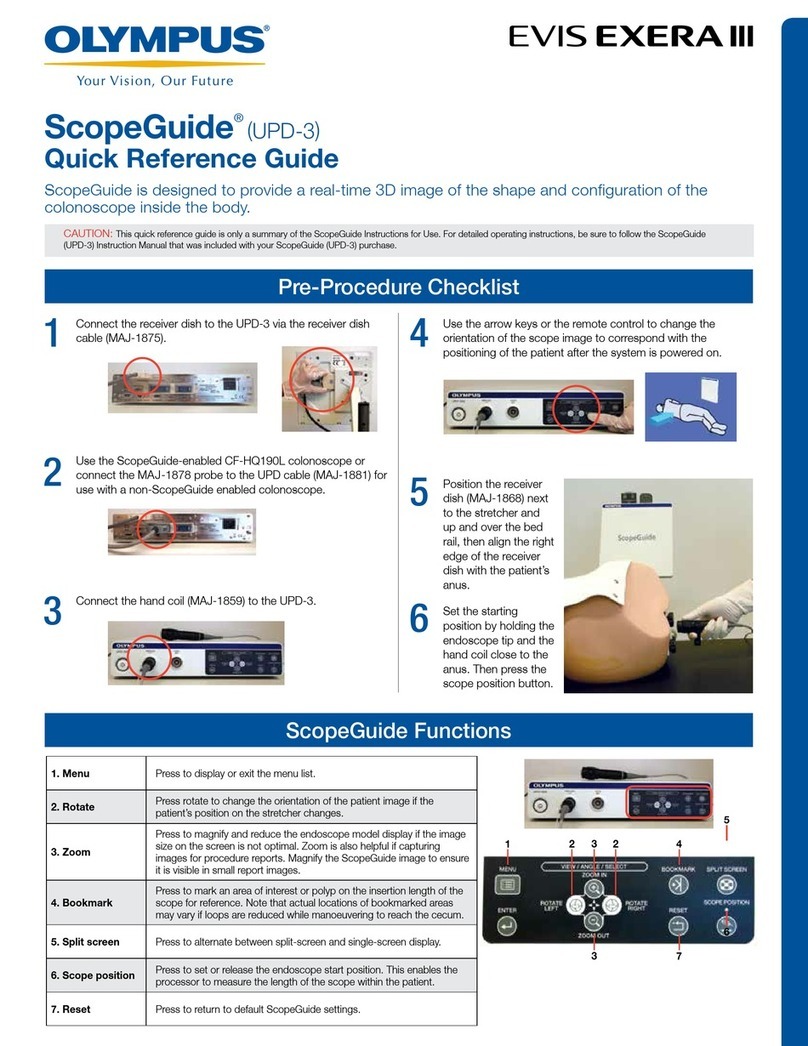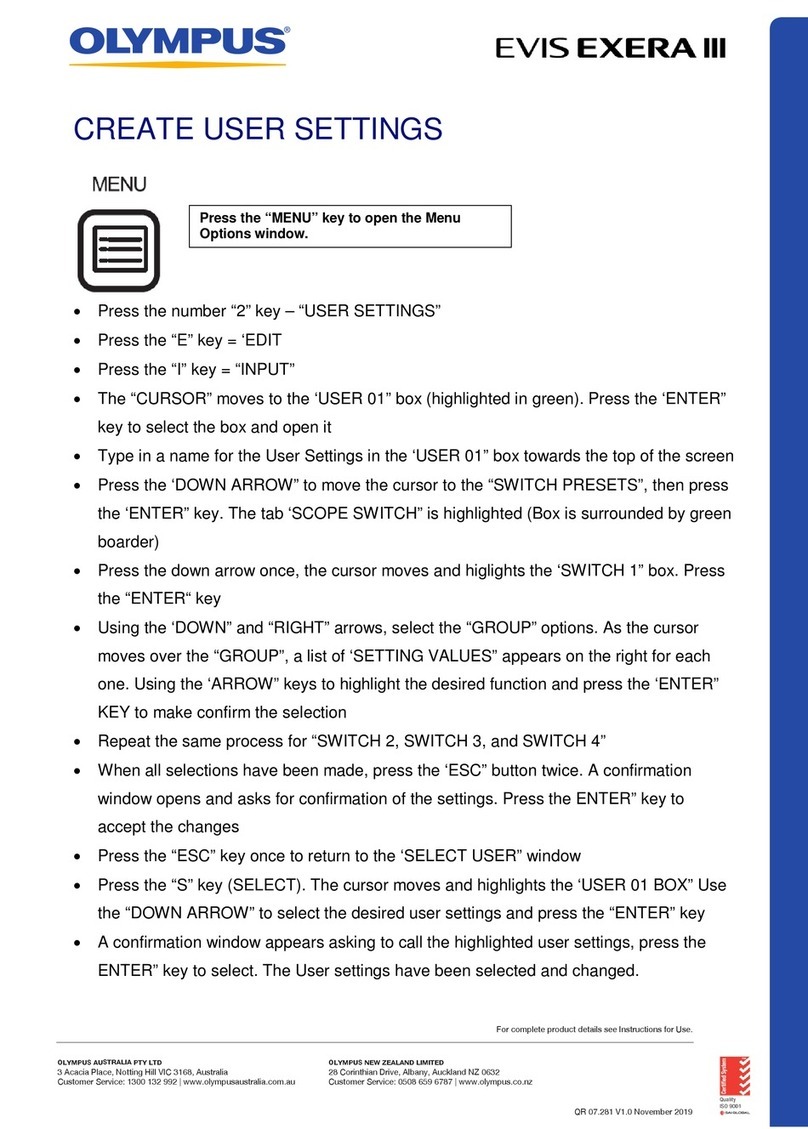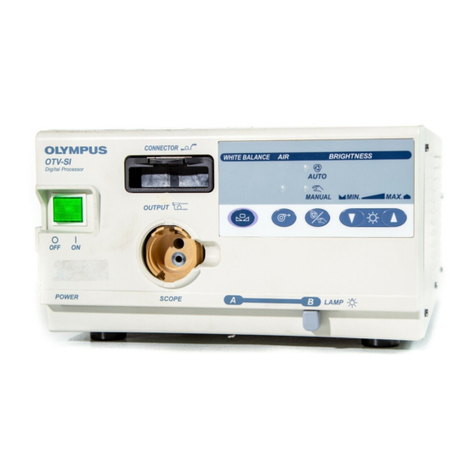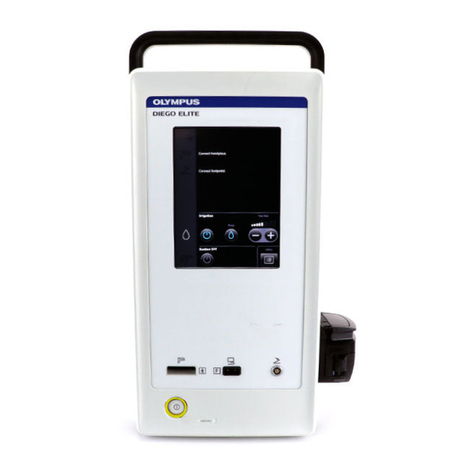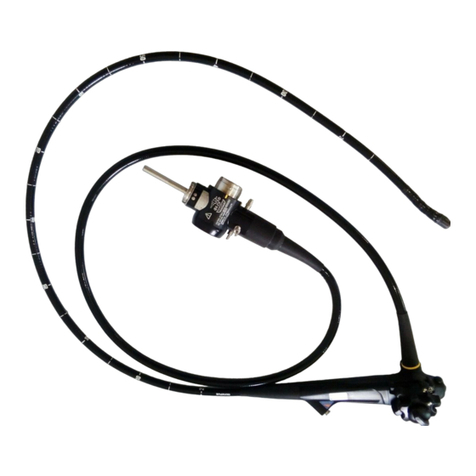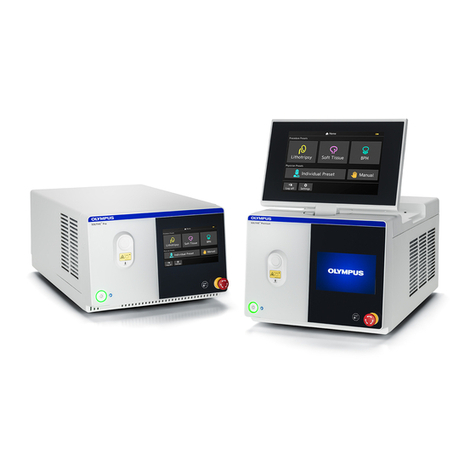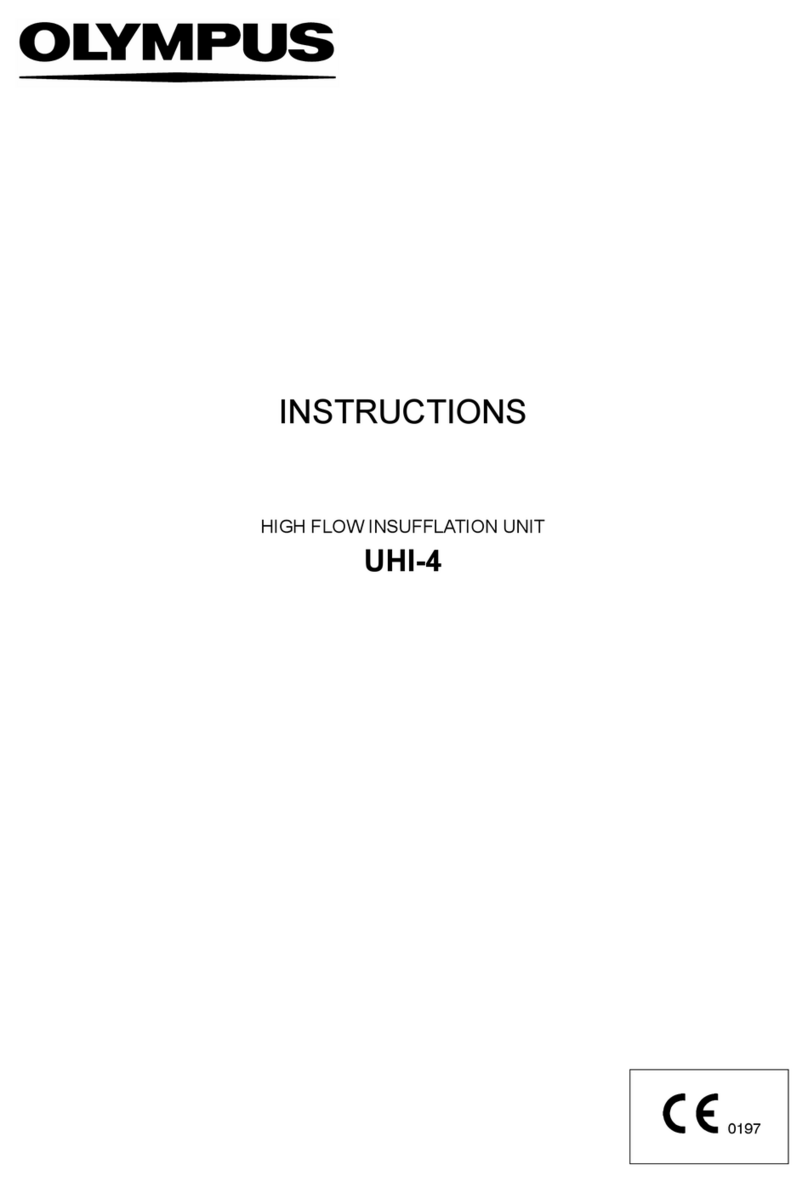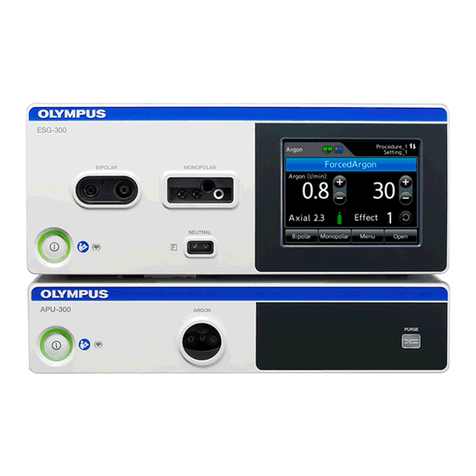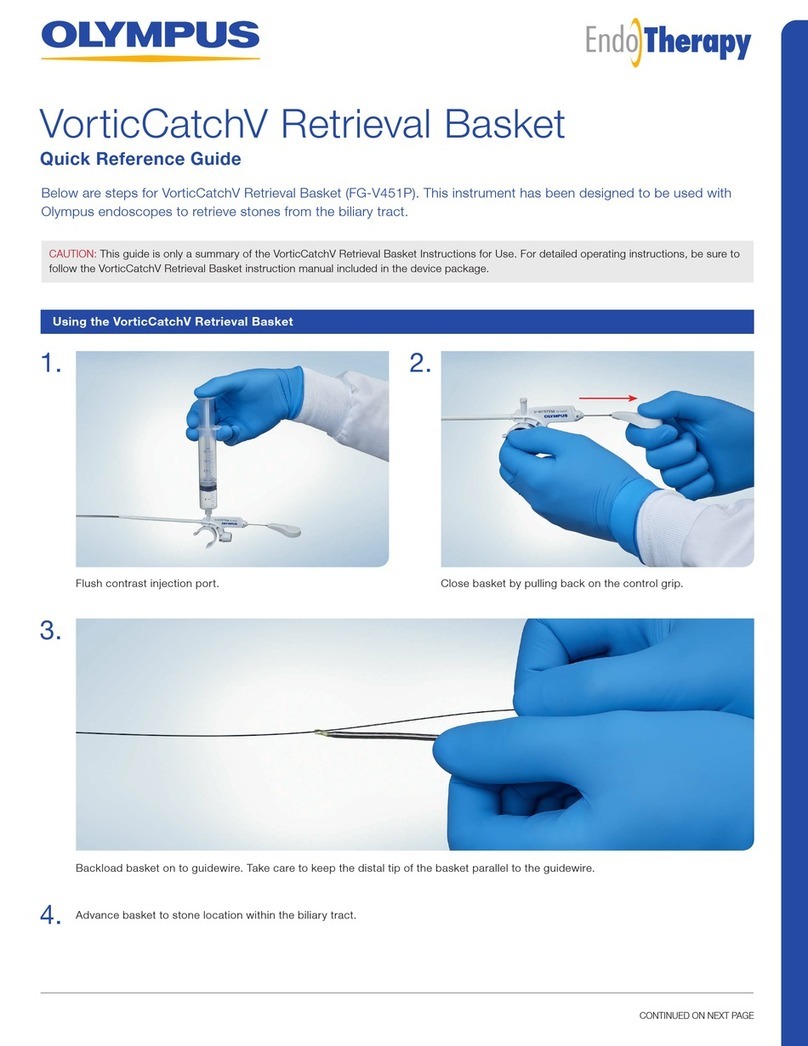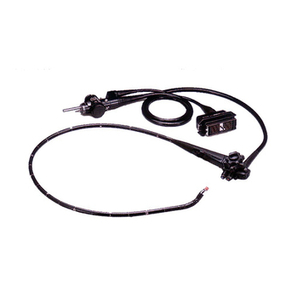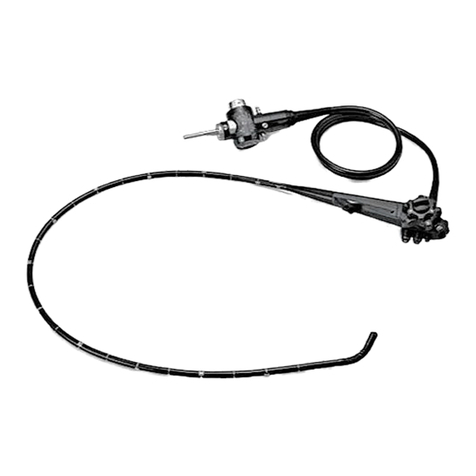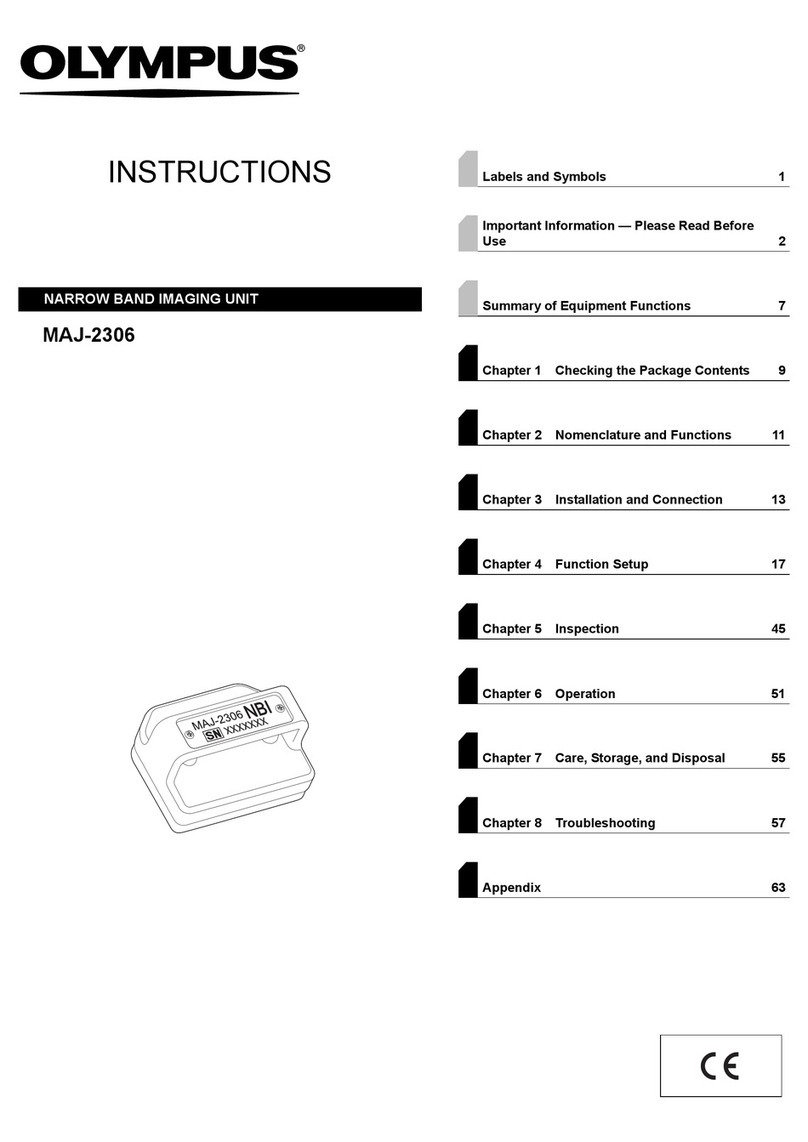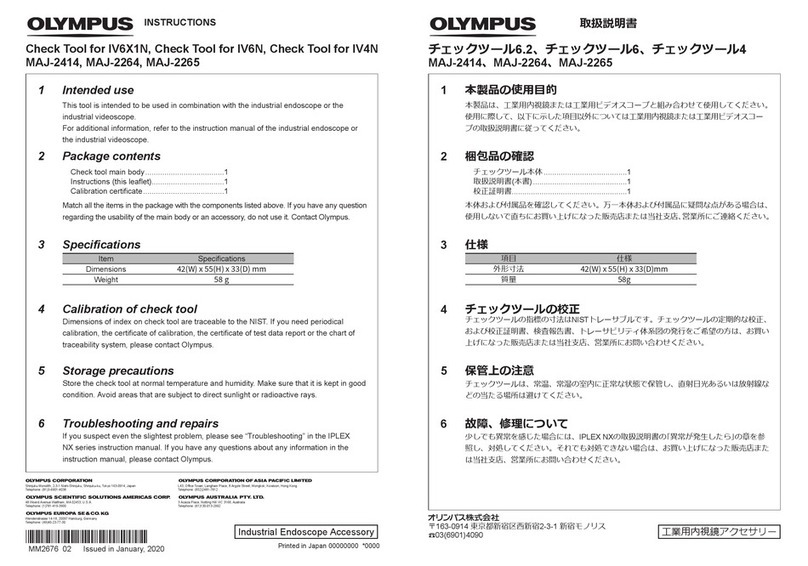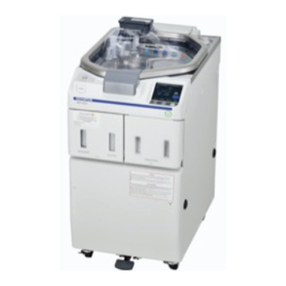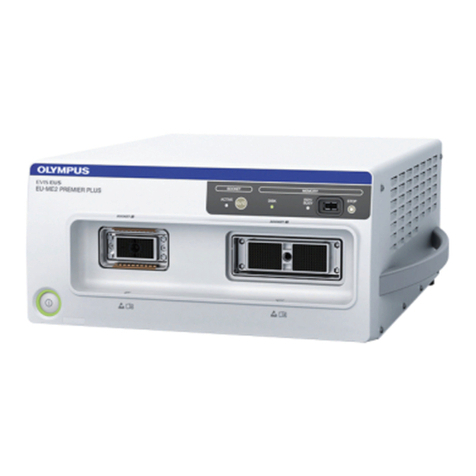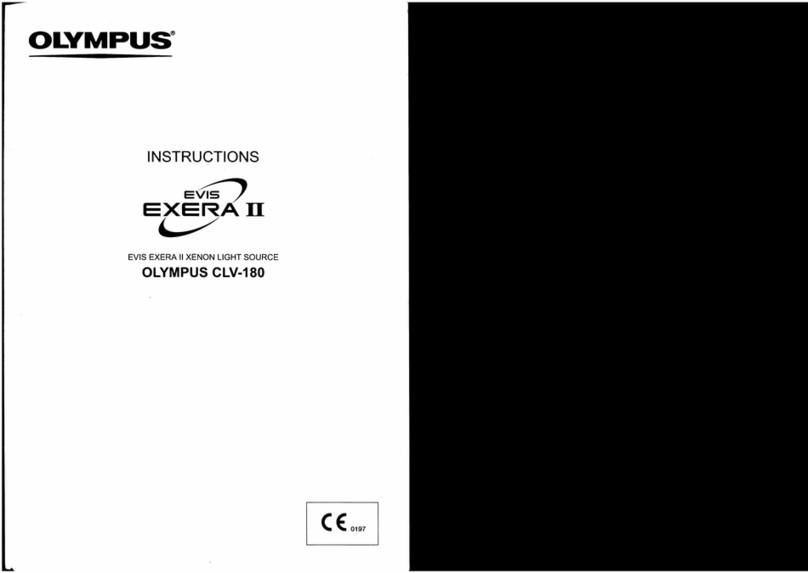
ii
Contents
UCR INSTRUCTION MANUAL
low flow gas tube (MAJ-1816) 38
4.6 Inspection of the endoscopic CO2 regulation unit .............................................. 38
Inspection of the power supply ............................................................................................ 38
Inspection of the gas supply ................................................................................................ 39
Inspection of insufflation ...................................................................................................... 40
Inspection of gas feeding at gas tube .................................................................................. 41
Inspection of gas and water feeding .................................................................................... 42
Power OFF .......................................................................................................................... 43
Chapter 5 Operation ............................................................................. 45
5.1 Precaution for operation ........................................................................................ 45
5.2 Operation flow ........................................................................................................ 46
5.3 Function setting before use .................................................................................. 47
Turn the endoscopic CO2 regulation unit ON ...................................................................... 47
Selecting the gas supply source .......................................................................................... 47
Timer setting ........................................................................................................................ 48
5.4 Gas supplying and water feeding ......................................................................... 49
5.5 After use .................................................................................................................. 50
Disconnecting the CO2 gas cylinder ................................................................................... 50
Disconnecting the medical gas pipeline .............................................................................. 51
Chapter 6 Reprocessing, Storage, Disposal, and Transportation ... 53
6.1 Reprocessing .......................................................................................................... 53
6.2 Surface disinfectant cleaner .................................................................................. 56
6.3 Signs of degradation from reprocessing ............................................................. 57
6.4 Preparing equipment for reprocessing ................................................................ 58
Equipment needed .............................................................................................................. 58
6.5 Reprocessing the endoscopic CO2 regulation unit and accessories ............... 59
6.6 Storage .................................................................................................................... 62
6.7 Disposal ................................................................................................................... 63
6.8 Transportation ........................................................................................................ 63
Chapter 7 Troubleshooting .................................................................. 65
7.1 Troubleshooting guide ........................................................................................... 65
Endoscopic CO2 regulation unit (UCR) ............................................................................... 65
7.2 Returning the endoscopic CO2 regulation unit for repair .................................. 66
Appendix ................................................................................................. 67
Combination equipment .................................................................................................. 67
System chart ........................................................................................................................ 67
Transportation, storage, and operating environments ................................................ 69
